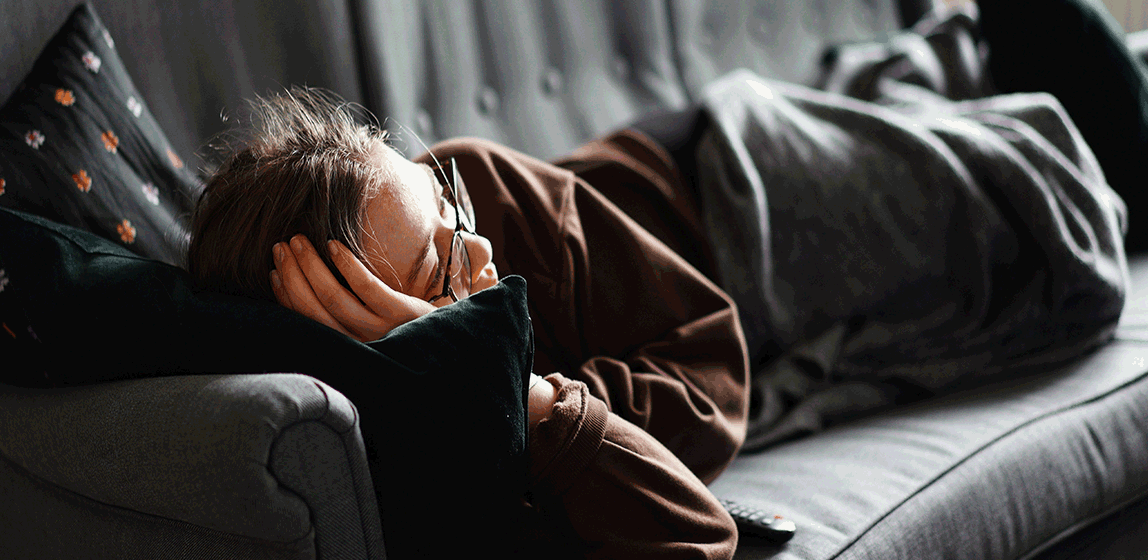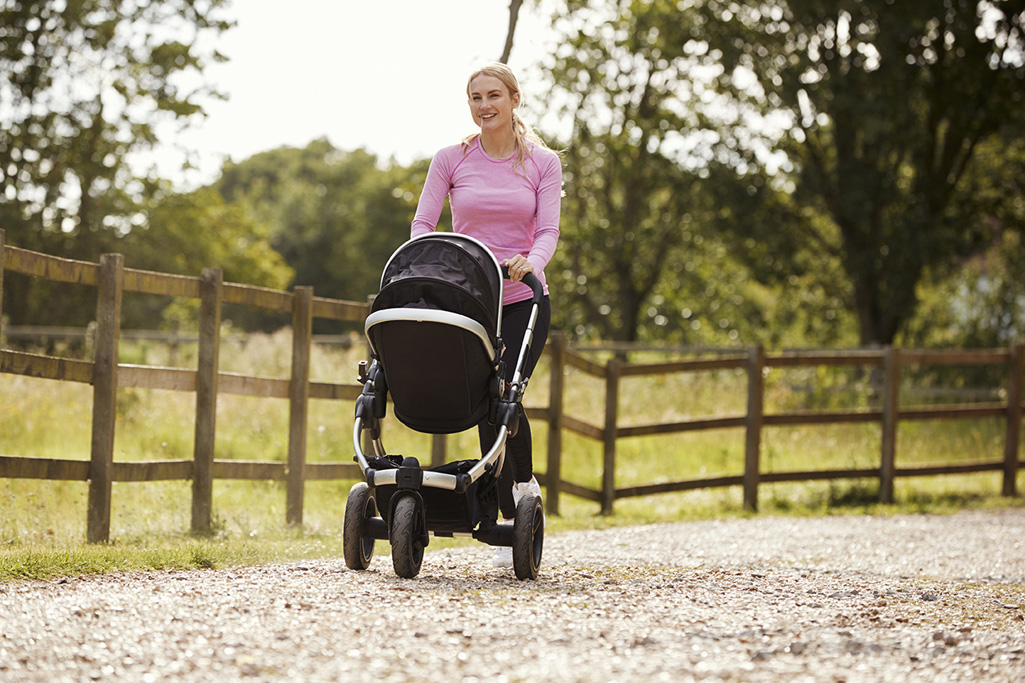The Science of Siesta’s: What Causes the “Post-Lunch Dip”?
“Hola y bienvenidos a este fin de semana F1 en Barcelona”. That is what you might have heard if you were in Spain last weekend for the Gran Premio De España Circuit de Barcelona-Catalunya. If you were watching the race on the weekend you may have been thinking about previous times in Spain or a future holiday in the post-Covid-19 world. When we think of Spain, we often think of warm days, late dinners with a "siesta" after lunch.
So what exactly is a siesta? A siesta is a Spanish name for a nap, and it occurs when we experience a circadian nadir often referred to as the "post-lunch dip". During this period, it can be challenging to maintain cognitive vigilance, hence the culture of "siesta" in certain countries to allow for a nap. Many countries developed siesta to avoid working in the midday heat. For people who worked outside, it was a period where they could seek shade, eat, drink and rest from the heat. The siesta culture is most common in the Mediterranean and Hispanic countries in South America, but it also occurs in Mainland China and the Philippines. However, in today's world, the time for a siesta is slowly declining, with fewer businesses observing this time and staying open, global markets and a greater focus on work.
To understand the human biology behind a siesta, we will look at two aspects of a siesta. These are circadian rhythms and the post-lunch dip (Postprandial somnolence). The word "Circadian" comes from the Latin words "Circa" meaning "about" and "Dia", meaning "a day" and describes our internal biological rhythms, which oscillate on a 24-hr cycle 1. This is regulated by a small cluster of cells about the size of a small fingernail called the suprachiasmatic nuclei (SCN) and is located at the base of the hypothalamus in the brain 2. The SCN is often referred to as the body clock. Circadian rhythms govern our sleep-wake cycle. Within a 24-hr period, the circadian pacemaker will typically promote wakefulness for 16-hrs, followed by promotion of sleep for 8-hrs. Whereas in the evening, the 2-3 hours before bedtime is known as the "forbidden zone" 3. The opposite of a siesta. This the most difficult time to sleep due to low sleep pressure 4. This is a period when cardiovascular efficiency and muscular strength are at their peak.
The post-lunch dip; the relationship with food and sleepiness was first hypothesized by early Greek philosophers who thought that we become sleepy or initiated sleep due to 'vapours from the food we consumed that would then travel up into our brain and induce sleep 5. In 350 BCE, Aristotle developed the first scientific theory of sleep, whereby he hypothesized that the function of sleep was for digestion and that a person awakes from sleep when digestion is complete 5. Such food-related hypotheses continued for over 1,500 years through to the middle ages. Today, although food is thought to induce sleepiness. Very little is known about how this may affect or influence sleepiness during the siesta period6. It is thought that the volume of food may have a specific influence on how sleepy a person may feel at this time. In other words, the more a person eats, the more sleepy they may feel.
What to do if you feel tired after lunch
Sleep practices: If you feel very sleepy after lunch, it may be due to a "sleep debt". A sleep debt occurs when you do not get enough sleep over time. As humans, 95% of the population requires 7-9 hrs. of sleep in a 24hr period, with most of this sleep, if not all occurring at nighttime. So, getting adequate sleep will reduce your sleep pressure.
Caffeine: Caffeine is beneficial for performance and promotes wakefulness. When consuming caffeine, it may take 30-60 mins after consumption for a peak in caffeine plasma levels to be reached, and the effects range from four to six hours 7. When consuming caffeine, a word of caution, if you consume caffeine within four to six hours of sleep onset 8 sleep duration and sleep quality may be negatively affected.
Food choices: At lunchtime, maybe consider reducing food portions. If you are tired and carrying a sleep debt, the addition of a large, heavy meal at lunchtime may make you feel more tired and lethargic. Try to avoid fatty and or fast foods.
Napping: Your work schedule may permit you to nap, or you live in a country with a siesta, then a nap may be appropriate. Try to keep your naps to 20-30 mins as you do not want to transition into deep sleep whereby you will have sleep inertia on waking. If you do have a nap during the day, it will reduce your sleep pressure and you may have a delay in time to bed and difficulty falling asleep.
Summary about the benefits
The above actions on sleep, caffeine, food and napping will aid you in improving your cognitive and physical performance during and after the post lunch dip. Whilst a nap can be used from time to time to get through these post lunch dip periods, remember that if you nap everyday then your overnight sleep duration may be less. Consistent napping means you will become a bi-phasic sleeper (two sleep periods in a 24-hr. period). In the long term if your daytime sleepiness is high and you struggle with maintaining wakefulness at work or in the post lunch dip period you may want to speak to your medical doctor to arrange a consult with a sleep physician to address any underlying sleep disorders or problems.
Before you go, you may wish to check out our 10 Sleep4Performance tips to help you sleep.
1. Routine - get up & go to bed at the same time every day.
2. Exercise daily & consume minimal caffeine; stop caffeine at 2pm.
3. Deal with stress during the day/early evening.
4. Do not go to bed hungry/thirsty.
5. No caffeine, nicotine, alcohol, or heavy exercise 3-4 hrs. before bed
6. No screen time at least 1 hour before bed and no light-emitting screens in the bedroom
7. Bedroom comfortable & inviting (temperature, quiet, dark)
8. Avoid daytime naps >20-30 mins.
9. Avoid work within 90 mins of bed.
10. If awake after 20 mins, do something relaxing out of bed until sleepy.
Sleep Well
About the Author: Dr Ian C Dunican (PhD, MMineEng, MBA, GCASSc, BA) works with elite sporting organisations/athletes to optimise sleep, recovery, and performance. Ian has worked with elite and highly trained athletes at the Australian Institute of Sport (AIS), West Australian Institute of Sport (WAIS), professional teams in Super Rugby, Australian Rules Football, Basketball, Swimming, Formula 1, McLaren racing, Netball, Ultrarunners and Martial Arts such as Boxing, Judo & MMA. Ian is an Adjunct Senior Research Fellow with UWA and an Adjunct Associate Professor at Edith Cowan University. He researches in the areas of sports science, sleep science, jet lag and travel, chronobiology, health and safety, shiftwork, nutrition, and performance. Ian has appeared on ABC television, Channel 7, 9 and 10 in Australia. He was a TEDx Perth speaker in 2017. He has co-authored technical reports, guidelines for industry organisations and authored several scientific articles and is a regular reviewer for scientific peer-reviewed journals. Ian is no stranger to physical activity. He served for five years in the Irish Military as a Non-Commissioned Officer and has completed over 20 ultramarathons to date including the Ultra-Trail Australia ~100km (x7), Leadville, Colorado~100 miler (x2) numerous other ultramarathons, marathons and trail running events. He has completed ultra-ocean swimming events 10-20km. He is also a Brazilian Jiu-Jitsu brown belt and has trained in Karate and Traditional Japanese Jiu-Jitsu.
Dr Ian C Dunican
References
1. Winget CM, Deroshia CW, Holley DC. Circadian Rhythms and Athletic Performance Medicine and science in sports and exercise 1985;17(5):498-516.
2. van Oosterhout F, Lucassen EA, Houben T, et al. Amplitude of the SCN Clock Enhanced by the Behavioral Activity Rhythm. Plos One 2012;7(6) doi: 10.1371/journal.pone.0039693
3. Roenneberg T. Internal Time : Chronotypes, Social Jet Lag, and Why You're So Tired. Cambridge, Mass: Harvard University Press 2012:page 60.
4. Shekleton JA, Rajaratnam SMW, Gooley JJ, et al. Improved neurobehavioral performance during the wake maintenance zone. Journal of clinical sleep medicine : JCSM : official publication of the American Academy of Sleep Medicine 2013;9(4):353-62. doi: 10.5664/jcsm.2588
5. Barbera J. Sleep and dreaming in Greek and Roman philosophy. Sleep medicine 2008;9(8):906-10. doi: http://dx.doi.org/10.1016/j.sleep.2007.10.010
6. Murphy KR, Deshpande SA, Yurgel ME, et al. Postprandial sleep mechanics in Drosophila. Elife 2016;5:e19334. doi: 10.7554/eLife.19334
7. Burke LM. Caffeine and sports performance. Applied physiology, nutrition, and metabolism = Physiologie appliquee, nutrition et metabolisme 2008;33(6):1319-34. doi: 10.1139/h08-130 [published Online First: 2008/12/18]



